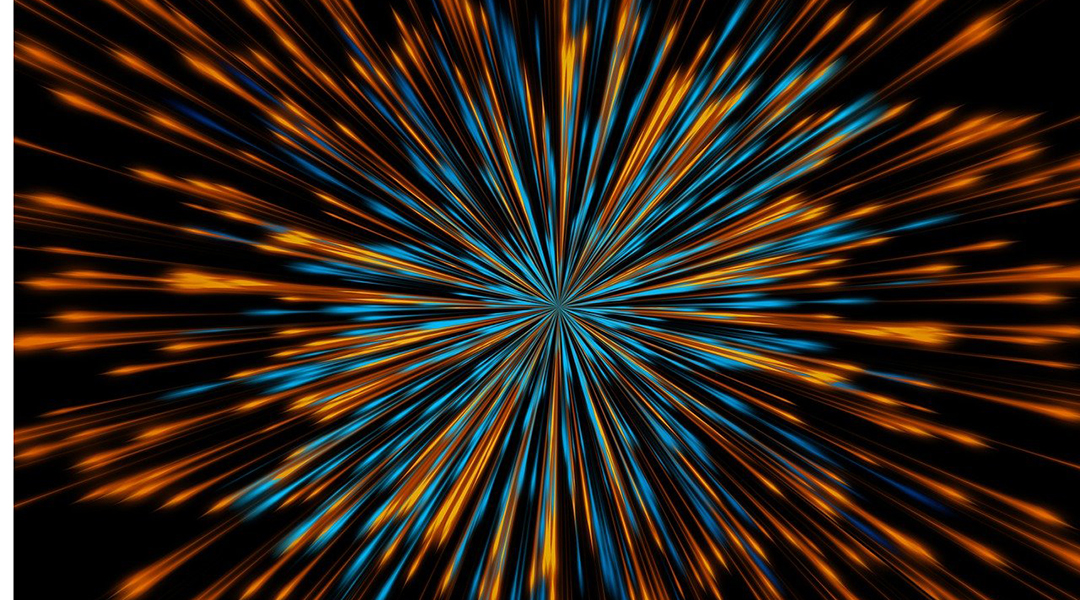The Standard Model of physics is a theoretical framework that describes fundamental particles, governing how they interact, decay, and transform into each other. It is often regarded as the most accurate theory physicists have to date, and its predictions of a wide range of phenomena are in general agreement with experimental data.
However, the Standard Model has its limitations. For example, it describes only three fundamental interactions — electromagnetic, strong and weak — but omits gravity, a huge player in our Universe. In addition, it does not provide any hints as to what dark matter and dark energy are, while the existence of these entities is suggested by numerous astronomical observations.
But recently there have been indications that nature is not fully described by the Standard Model, and not only at cosmological scale, but also on the subatomic, on the level of individual elementary particles.
Enter the muon
The controversy is centered around a tiny particle called a muon, which is very similar to the electron but about 200 times heavier. Unlike the electrons, protons, and neutrons that make up atoms, muons that can be detected on Earth are created when cosmic rays collide with particles in the atmosphere. They exist for just over a millisecond before decaying into other particles, namely an electron and a two kinds of neutrinos, which makes them much more difficult to study.
Problems with theoretical descriptions of the muon first arose about 20 years ago, when an experiment done at the Brookhaven Particle Accelerator in New York in which particles were collided to produce muons showed that the value of the muon’s magnetic moment, a quantity governing how a particle interacts with a magnetic field, differs slightly from what the Standard Model predicts.
By comparing the computed value of the muon’s magnetic moment determined according to the Standard Model with the value measured in the accelerator experiments, the Brookhaven team found a discrepancy.
Measuring muon’s magnetic moment
To test the validity of the Brookhaven’s team result and to confirm that the Standard Model is indeed in conflict with experimental data, a team of scientists from Fermi National Accelerator Laboratory (Fermilab), located near Batavia, Illinois near Chicago, performed a similar experiment, but with significantly higher accuracy.
“We’re really probing new territory,” said Brendan Casey, a senior scientist at Fermilab, in a statement. “We’re determining the muon magnetic moment at a better precision than it has ever been seen before.”
As muons exist for a very short period of time, the physicists were unable to study these particles directly. Instead, a common technique in physics is to study the decay products of particles and back track as they are usually longer lived and easier to measure.
What do the results mean?
In their study, the physicists used muons produced as a result of proton collisions at another accelerator in the same facility, boosting them in the collider to almost the speed of light. When they decay, the researchers studied the number of positively charged electrons, called positrons, born as a result of this processes.
This number depends on the magnetic moment of the muon, allowing the team to derive this quantity from their measurements. They found that their result confirmed the discrepancy found 20 years ago, indicating that the Standard Model may indeed need tweaking.
“Our new measurement is very exciting because it takes us well beyond Brookhaven’s sensitivity,” said Graziano Venanzoni, professor at the University of Liverpool affiliated with the Italian National Institute for Nuclear Physics, Pisa, and co-spokesperson of the experiment at Fermilab.
Although this result confirms that the Standard Model contradicts experimental data, the team expects that in the future they will be able to further improve the accuracy of the experiment. Currently, the discrepancy is below five standard deviations, and as a result, some scientists are still skeptical about the discrepancy and attribute it instead to statistical or systematic error of the experiment, not a need to tweak the Standard Model.
To dispel any doubts, Venanzoni and the team say they plan to analyze the entire set of muon decay data collected over five years. We expect another factor of two in precision when we finish,” concluded Venanzoni.
Reference: D. P. Aguillard et al, Measurement of the Positive Muon Anomalous Magnetic Moment to 0.20 ppm, Physical Review Letters (2023). DOI: 10.48550/arXiv.2308.06230
Feature image credit: geralt on Pixabay

















